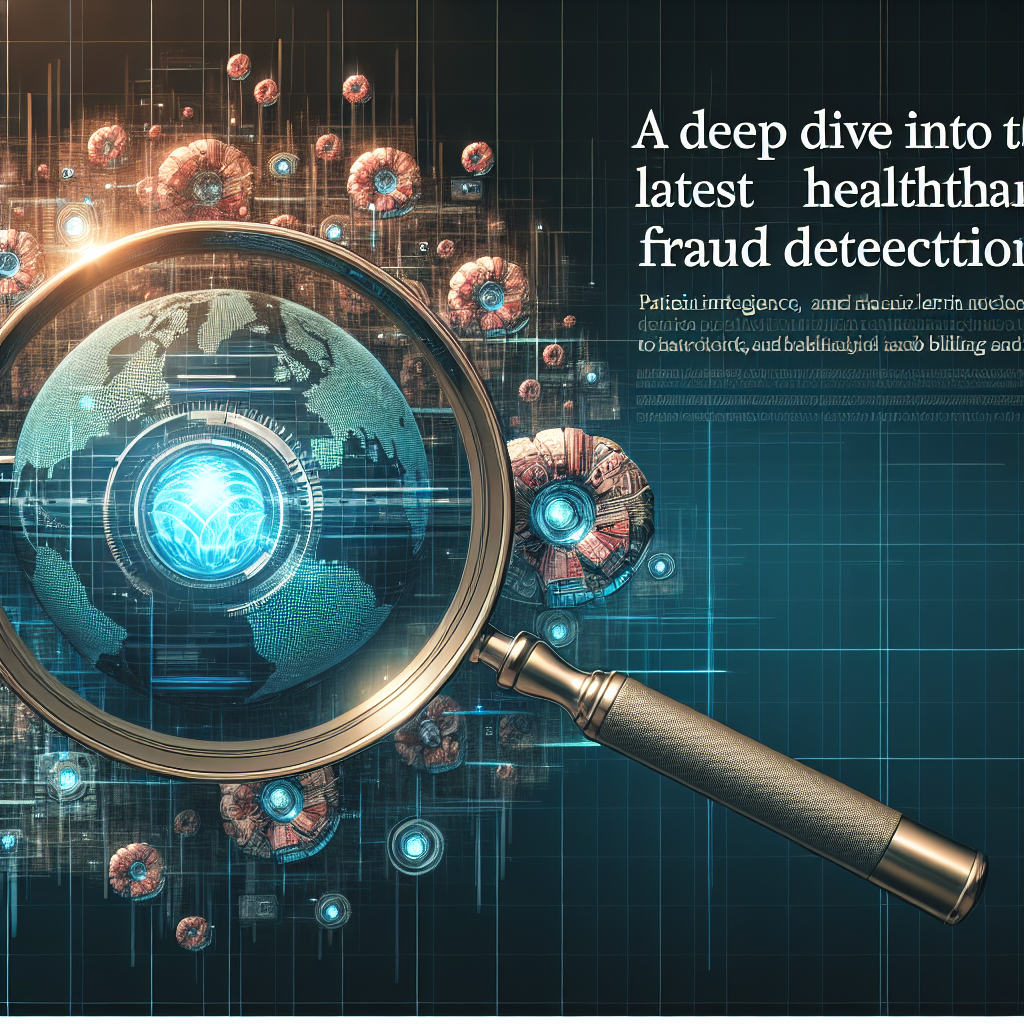Introduction:
Healthcare is one of the most primordial sectors that impacts the life of every individual. However, it is disheartening to note that it is also an area that attracts nefarious activities such as frauds and scams. At this juncture, healthcare fraud detection becomes a crucial tool in our endeavor to maintain the sanctity of this sector. This blog post seeks to identify and elucidate the latest trends in healthcare fraud detection, crucial elements that affirm the axiom – prevention is better than cure.
Artificial Intelligence (AI) & Machine Learning:
AI and machine learning’s roles in identifying anomalous patterns are pivotal. Machine learning models can be trained to discern normal behavior and flag potential inconsistencies. AI augments this by using predictive analytics models to identify future fraud propensity. Harnessing these technologies can help us identify and prevent potential fraud before it corrupts the system.
Natural Language Processing (NLP):
NLP is a branch of AI that helps computers understand human language. In the context of healthcare fraud detection, NLP can sift through patient records, medical histories, and even transcriptions of doctor-patient conversations to identify signs of fraud. This technology can detect even the most subtle misrepresentations or fabrication in medical documents and come handy in combating fraud efficiently.
Data Mining:
Data mining can be used to identify patterns of irregularities within large sets of data. With the sheer volume of data churned out by the healthcare sector, data mining can be invaluable in identifying suspicious activities or claims. Innovations in data mining technology allow for quick and accurate identification of patterns indicative of fraudulent activity.
Integration of Fraud Detection Frameworks:
Many healthcare institutions are starting to integrate fraud detection frameworks into their infrastructure. These frameworks are often comprehensive, including modules for detection, prevention, auditing, and reporting. By encapsulating all these facets, these frameworks provide a versatile tool for institutions to handle fraud.
Real-time Analytics:
Real-time analytics involves monitoring data and transactions as they occur. This allows for immediate detection and disruption of potential fraudulent activities. Coupled with AI and machine learning, real-time analytics provides a sophisticated tool for healthcare fraud detection.
Conclusion:
The proliferation of technology in healthcare has opened new avenues for fraud, but simultaneously, it has also provided us with new tools to detect and prevent these aberrations. The latest trends in healthcare fraud detection show a greater shift towards automation and real-time analysis, enhanced by AI and machine learning.
However, healthcare fraud detection continues to be an area where constant vigilance and evolution are crucial. As new trends emerge and technology continues to advance, it’s essential for healthcare fraud detection strategies to adapt and evolve accordingly. By understanding and implementing the latest trends, we can continue to uphold transparency and integrity within the healthcare sector.



